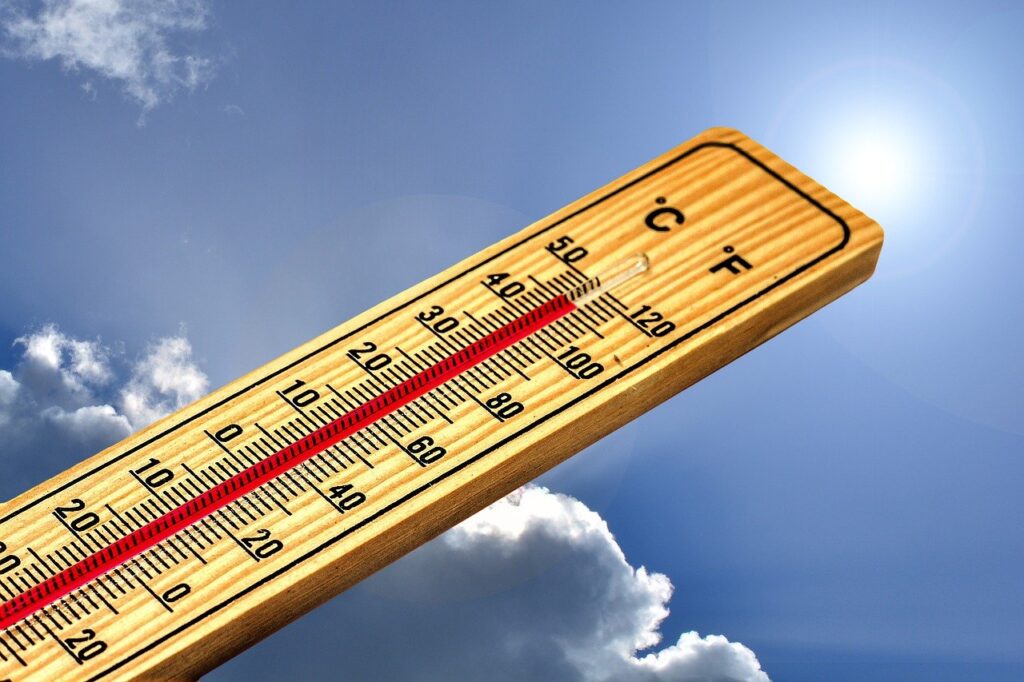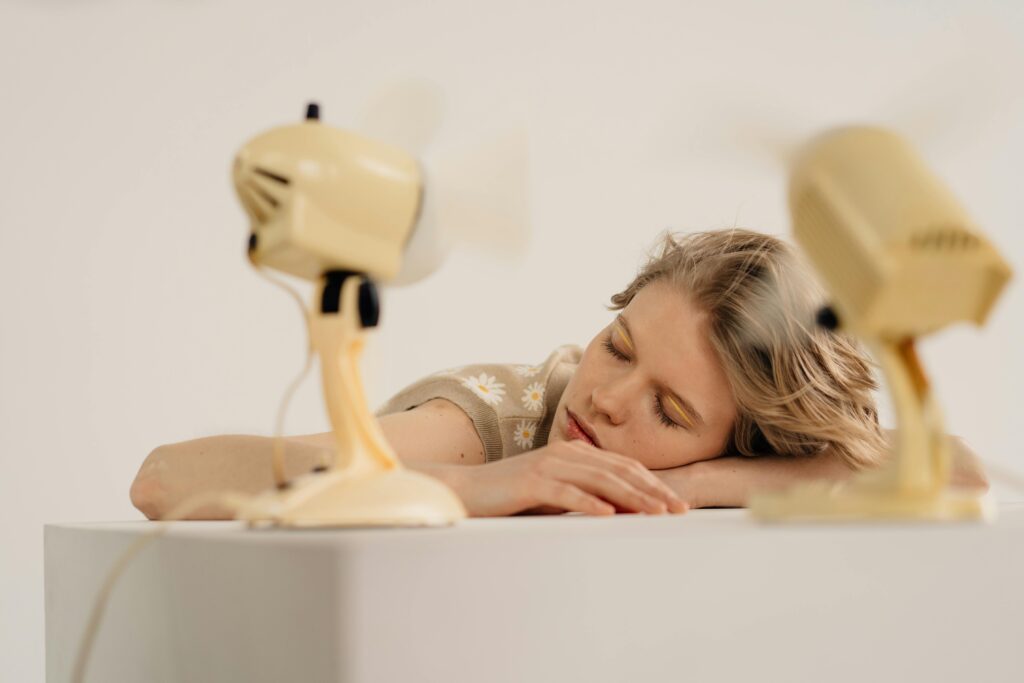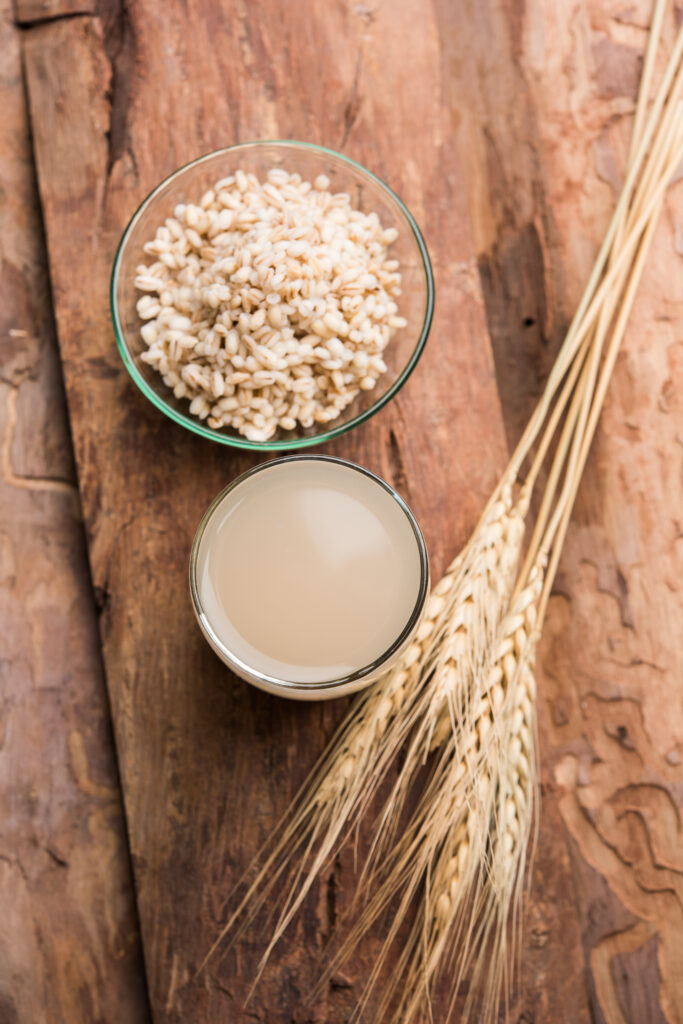

Summer pregnancy can feel challenging enough without adding hot yoga studios to the mix. But don’t let rising temperatures keep you from the benefits of practising or getting to your prenatal yoga class! Self care is such a buzz word but it’s not just for the time you’re on the mat.
An increase in blood volume and a higher metabolic rate during pregnancy contribute to women feeling hotter generally through pregnancy. Even if your core body temperature doesn’t rise significantly, it is common to feel more affected by the heat during pregnancy- especially during heat waves.
Looking after yourself throughout the week will contribute to enjoying your practice each time you do hit the mat. With a few smart strategies, you can stay cool and comfortable through the day and keep connected to your yoga practice throughout the warmer months and benefitting from your commitment.
1. Time Your Classes Strategically
If you have the option, choose early morning or evening classes when temperatures are naturally cooler. Many studios offer sessions that avoid the peak heat of the day. Or maybe they have the option of joining online giving you the chance to avoid a hot journey. If you’re practising at home, aim for the coolest parts of your day. Your body will thank you for avoiding that afternoon energy drain, and you’ll feel more energised for your practice. Maybe car pool or share a ride to class to avoid the heat of public transport or a hot pavement walk.
Remember, ‘Hot Yoga’ classes aren’t recommended during pregnancy even if that’s your usual practice.
2. Dress for Success (and Coolness)
You don’t necessarily have to invest in specialist lightweight, breathable fabrics that wick moisture away from your skin. Even if you have some pregnancy-specific activewear with extra room for your growing belly you may be better off wearing something loose rather than leggings or body hugging tops.. Light colors reflect heat better than dark ones and loose-fitting tops and pants or shorts allow for better air circulation.
3. Hydrate Regularly Throughout the Day
Start hydrating well before class begins. Aim to drink water consistently throughout the day, not just during your yoga session. If you’re dehydrated your body will hold onto the water it has and this could contribute to swelling or oedema.
Bring a large water bottle to class – an insulated bottle will keep water cool, and take sips between poses throughout the class whenever you feel you need it, no one will mind and this is looking after yourself! After all this good hydration you may need to pee more and if you are in late pregnancy you’ll know all about this as your bladder is compressed by your growing baby. Make sure you take a pee break whenever you need it – during class and before the final relaxation so you can really relax properly.
4. Create Your Own Cooling Station

Suggestions to keep your temperature down…you could bring a small spray bottle to mist your face when needed..Alternatively bring a small towel and soak it in cool water before the start of class. Place it on your neck or wrists during rest periods to help regulate your body temperature.
A handheld fan can be incredibly useful during meditation or breathing exercises. Some practitioners even freeze water bottles to roll under their feet during pauses.
5. Master Cooling Techniques Before and During Class
Before class: Cool your pulse points before class by running cold water over your wrists, behind your ears, and on your ankles if it is possible. This helps lower your overall body temperature quickly.
During class: practise Sheetali pranayama (cooling breath) – curl your tongue to create a tube and inhale through it, then exhale through your nose- see side panel for full how to..) Keep sipping water throughout your practice rather than waiting for breaks or the teacher to remind you.
6. Do Less, But Do Move Regularly Throughout Your Day
Summer heat combined with pregnancy fatigue calls for a “less is more” approach but that doesn’t mean being too static as this can really impact your circulation and worsen any swelling. Throughout your day, take regular gentle movement breaks especially if you have to sit at a desk or stand for most of the day. Simple foot flexing, ankle circles, and gentle calf raises while sitting or standing can prevent blood pooling. If you have your own yoga self practice choose shorter, gentler sequences over long, intense flows.
To help reduce pregnancy swelling, avoid standing for long periods, wear comfortable shoes and socks that won’t pinch if your feet swell, and try to rest with your feet up as much as you can. Take regular walks during the day or do simple foot exercises to keep circulation moving. This is especially important in hot weather when swelling tends to worsen. You can also try cooling wraps and even ‘slippers’ that are often used for recovery after surgery or injury. (never place ice packs directly on your skin, wrap in a cloth or towel then apply).
7. Manage Swollen Feet and Fingers with Smart Pose Modifications

Swelling is caused by your body holding more water than usual when you’re pregnant due to increased blood volume and your higher metabolic rate., It’s particularly common in your legs, ankles, feet and fingers. Throughout the day, the extra water tends to gather in the lowest parts of your body, especially if the weather is hot or you’ve been standing or sitting a lot. The pressure of your growing baby bump can also affect blood flow in your legs, causing fluid to build up.
Heat can worsen normal pregnancy swelling which is most common in the 3rd trimester, so minimise static standing poses and opt for seated or supported variations instead. Birthlight Pregnancy Yoga walks can be a good alternative. For final relaxation (savasana), prop your lower legs and feet up on a bolster or blocks to encourage circulation and reduce swelling. Between poses, wiggle your toes and rotate your ankles to keep blood flowing. If your fingers are swollen, avoid poses that put weight on your hands.
Another symptom that can feel worse in hot weather is varicose veins. Again avoiding prolonged sitting or standing poses (same during your day). Maybe it is possible to arrive early and elevate your legs on a chair or up the wall before the class starts to help them feel more comfortable. Maintaining static poses or one-legged balances probably won’t feel enjoyable so break the time and repeat the pose for shorter times instead. Alternatively take a seat and give your lower legs a gentle massage instead!
Caution re Swelling/oedema
Remember, swelling that comes on gradually is quite common especially in the 3rd trimester, though it can be uncomfortable. However, if you notice a sudden onset or a sudden increase in swelling, contact your midwife or doctor directly as this can be a sign of pre-eclampsia. The same goes for swelling only on one leg particularly the calf- it may be red and tender too, as this could be a symptom of a DVT or blood clot.
8. Know When to Take a Break
Relax! Deep relaxation in pregnancy is more beneficial than struggling to or through a class when you just don’t feel up to it. So turn off your phone and get into pregnancy savasana – remember your teacher’s tips for getting comfortable with plenty of props- side lying on your left will be better if you’re suffering from swollen feet or legs or varicose veins or you can try reclining on a supported slope with your lower legs raised.
In hot weather it’s especially important to not lie flat on your back without supporting props under your knees even if you’re less than 30 weeks. Relaxing on your left side avoids strain on your inferior vena cava vein from the weight of your baby. Pay attention to your body’s signals of overheating: excessive sweating, dizziness, nausea, or feeling faint. If you experience any of these symptoms, stop yoga practice immediately, find a cool place to sit, and hydrate. Don’t be embarrassed about taking breaks or leaving class early if needed. You and your baby’s health and wellbeing are always the priority.
Physical Poses are Only One Aspect of Yoga Practice
Pregnancy Yoga offers incredible benefits for both physical and mental health, but summer heat requires extra attention to wellbeing and comfort. By implementing these strategies, you can continue enjoying your practice whilst keeping both you and your baby safe and comfortable.
Remember, every pregnancy is different, and what works for one person may not work for another. Heat waves bring extraordinary temperatures so taking extra good care of yourself is a priority. Always let your Prenatal teacher know about your concerns, especially if you’re not feeling well or you have any new health issues or symptoms.
Stay cool, stay hydrated, and most importantly, listen to your body, it may be asking for something different to usual. Your yoga practice should be a source of joy and relaxation, not stress or discomfort. Physical poses- Asanas are only one aspect of yoga there are plenty more ways to benefit without generating more heat. So explore breathwork, visualisation, meditation as well. With these tips, you can maintain that beautiful connection to your changing body throughout the summer months.
How to use Sitali (Sheetali) breath to help you cool down
Classically this cooling breath is done in a relaxed upright seated position but practically it can also be done standing, walking or reclining too.
During pregnancy it is beneficial to sit with the hips a bit higher than the knees wherever you are in your pregnancy. This makes more space for your breath, your baby, your digestion and circulation. Use folded blankets or flat cushions to achieve this whether you are sitting on the floor or a chair.
After finding your comfortable sitting position, close your eyes if you feel comfortable doing so, relax your gaze and establish your full breath so that your breathing is slow and deep, not shallow and fast. Slightly stick out your tongue and roll the sides of your tongue up to make a kind of tube shape (see alternative option below if you cannot do this). Slowly breathe in through this tube then close your mouth and relax your tongue to breathe out slowly through your nose. This is one round. The moisture of your tongue will help cool the air you breathe in, helping to cool you down from the inside. Repeat this process another 8 times.
If you cannot roll your tongue into a tube, and not everyone can, you can try just letting your mouth and teeth open slightly and breathing in through your mouth with the air flowing between your teeth and then closing the mouth to breath out in the same way as described above.
As with all breathing practices in pregnancy there is no holding the breath (breath retention) and anyone who feels light headed or or uncomfortable should simply stop and breathe normally.

Tips from Ayurveda to Help with Pregnancy in the Heat from Liese van Dam
Drink Barley Water in the Third Trimester of Pregnancy
Barley is a safe and nourishing whole grain to consume during pregnancy. It is rich in essential vitamins and minerals such as iron, folic acid and calcium – all vital for foetal development and overall maternal wellbeing.
From the fifth month of pregnancy, Ayurveda specifically recommends incorporating barley water into your daily routine. Barley is a natural diuretic, and from this stage onwards, many women begin to experience fluid retention. Barley water helps to gently reduce swelling and support kidney function. Barley water also provides gentle hydration, which is crucial for both mother and baby. At the same time, it can help to stimulate Agni – the digestive fire – and support digestion, which can become sluggish in later pregnancy. Some women also find that barley water relieves common discomforts such as heartburn.
In addition to keeping you hydrated, the diuretic properties of barley water can help to ease oedema (fluid retention), especially in hot weather and/or during the third trimester.
To make barley water, simply boil ½ cup of pearl barley in 8 cups of water with the lid on, until the grains are soft. Strain the liquid and flavour it with a little jaggery, sucanat (unrefined cane sugar), honey or rice syrup if desired. The cooked grains can be saved and eaten with your next meal.
If you’re unable to tolerate gluten or prefer an alternative, fresh green coconut water is a lovely option. It’s now widely available in many health food shops and supermarkets.
Self-Massage
Another helpful remedy for oedema is massage — either full-body or focusing on the affected limbs. Use gentle, sweeping strokes, and in warm weather, coconut oil is an excellent choice. Take care not to slip with oil on your feet; allow the oil to soak into the skin or rinse off with warm water and a mild, natural soap.
When external oil application (oleation) is not possible or feels too complicated, movement from within can be very effective. Many women find great relief with Birthlight practices, particularly gentle body movements. When oedema is localised in the hands or feet, micromovements of the ankles and wrists can be especially soothing.
Liese van Dam is a guest tutor for Birthlight specialising in Ayurveda and Yoga for Women’s Health, you can join her Applied Ayurveda for Women’s Health Course starting in October